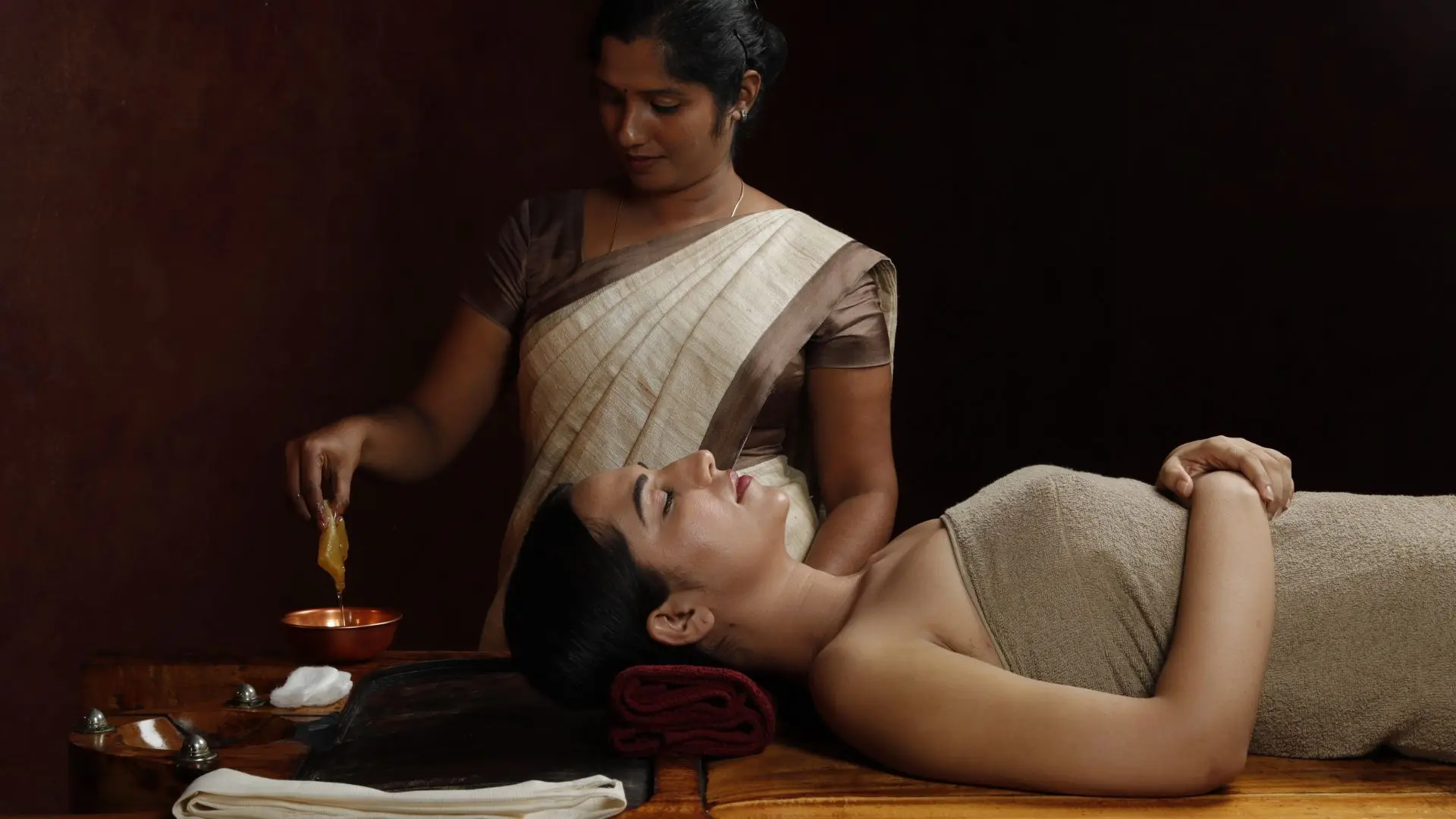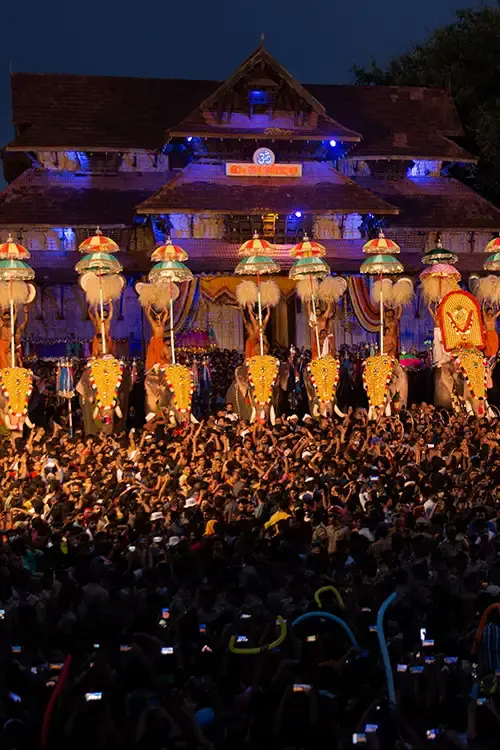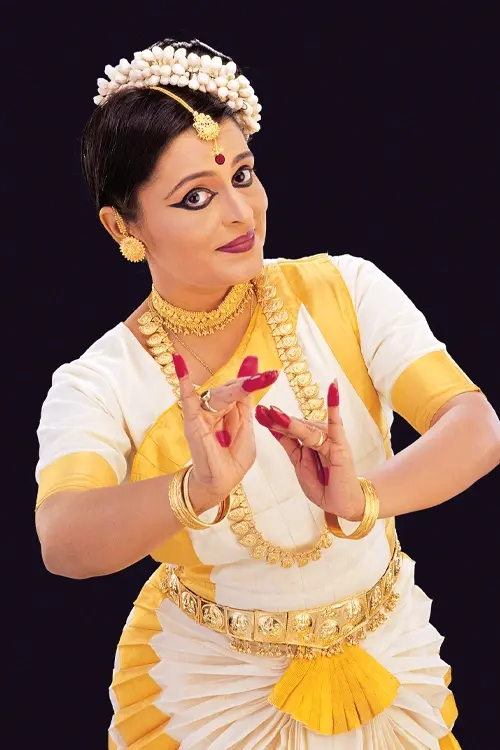Enchanting Kerala

Thirayattam – The Ritualistic Art Form of Kerala
Thirayattam is a centuries-old, ritualistic art form deeply rooted in the cultural and religious traditions of Kerala, India. This vibrant performance art combines dance, music, and theatre, and is typically performed during temple festivals and auspicious events in northern Kerala. The performers don elaborate costumes, colourful makeup and intricate masks, representing deities, demons and mythical characters. Thirayattam is believed to have originated from the ancient Dravidian culture and has evolved over time into a captivating representation of Kerala’s heritage.
The performance is set to the rhythmic beats of traditional percussion instruments like the chenda (drum), ilathalam (cymbals) and thudi (a small, hourglass-shaped drum), creating an enthralling atmosphere. The makeup and headgear of each character vary, and are often made from natural materials like arecanut palm, tender coconut leaves and bamboo. Thirayattam is performed to appease divine elements believed to reside in shrines and ancestral homes, and the kolams (characters) include figures such as Lord Shiva, Goddess Devi and local heroes.
This fascinating art form has gained recognition as one of Kerala's most captivating performances, blending religious, social, and artistic traditions. Thirayattam is an unforgettable experience that highlights the region's cultural richness and is a must-see for anyone visiting Kerala.






